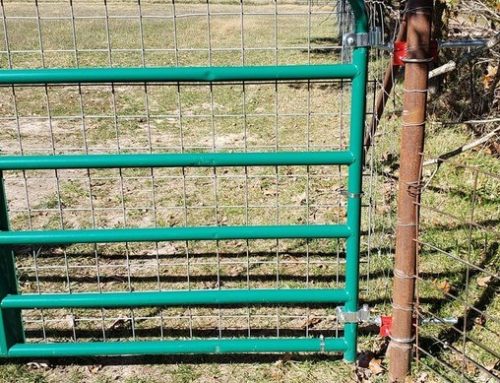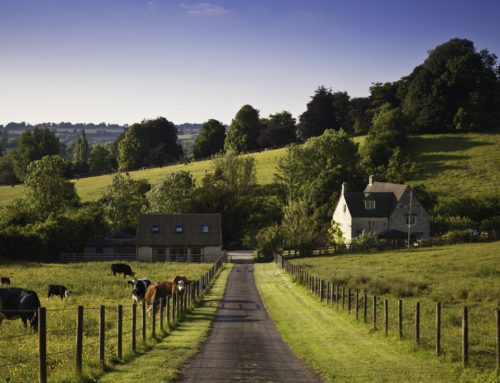On commercial and hobby farms, fences tend to serve a very important function. They are used to protect and confine animals while also protecting crop areas. There are many types of fences out there for your small farm, and making a smart decision will depend on the purpose the fence is supposed to serve.
I
Description: 2 cows next to a barbed wire cattle fence
The Basics of Fencing
In most cases, you will find that the different options out there are modified versions of wire fences. The strength and sturdiness of their wires, however, are what set them apart. Both these factors can be measured using wire gauges. These measurements are then measured according to the American Wire Gauge (AWG) rating. The smaller the rating will be, the thicker the wire will get. This means that 12 gauge wire will be lighter that the 10 gauge wire.
The cheapest wire out there is the welded wire, where the wire will be simply spot welded at the points of intersection. This, however, may not be perfect for every situation as larger animals may have different needs.
Common Types of Fences
- Barbed Wire
This particular fence is a classic choice if you wish to confine cattle. It consists of 2 or 3 strong stands which are horizontally woven with some sharp barbs. These strands will then be strung between wooden or metal posts to form a wire fence that confines livestock with simple aversion. This is because animals quickly associate the fence with their painful pricks and steer clear of the fence.
These types of wires are perfect to confine docile animals in larger spaces, but they are easily breached by aggressive and large animals.
This type of farm fencing is typically made with rigid wires which are arranged in horizontal and vertical rows where the joints are welded together. The grid in this type of farm gate is usually 3 or 4 inches tall and 2 inches wide.
2.Welded Wire
The welds of this type of farm gate have a knack of breaking off easily so it is recommended to be used in lighter applications. An example of its usage can be to protect gardens or poultry or to confine smaller animals. Welded wire fences can also keep small predators like coyote and foxes away from livestock.
3. Field Fence
This is also a wire fence but uses a heavier form of gauge wire. Here you will find that the joints are crimped together to provide for extra strength. This is why these fences are recommended for larger
livestock such as hogs or cows. The top and bottom wires of these fences are usually 10 gauge wires so that they can provide durability. While these were the most common types of fences, some self-explanatory types of fences include horse fences, wildlife and deer fences, chicken wires, electric fences, and snow fences.



